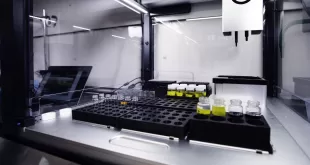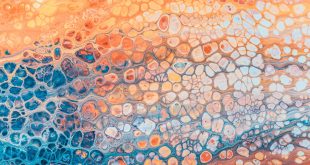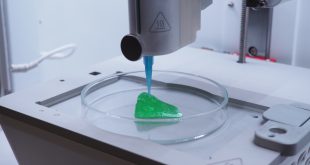Cell engineering company is harnessing the power of genetics to improve outcomes for muscular dystrophy patients
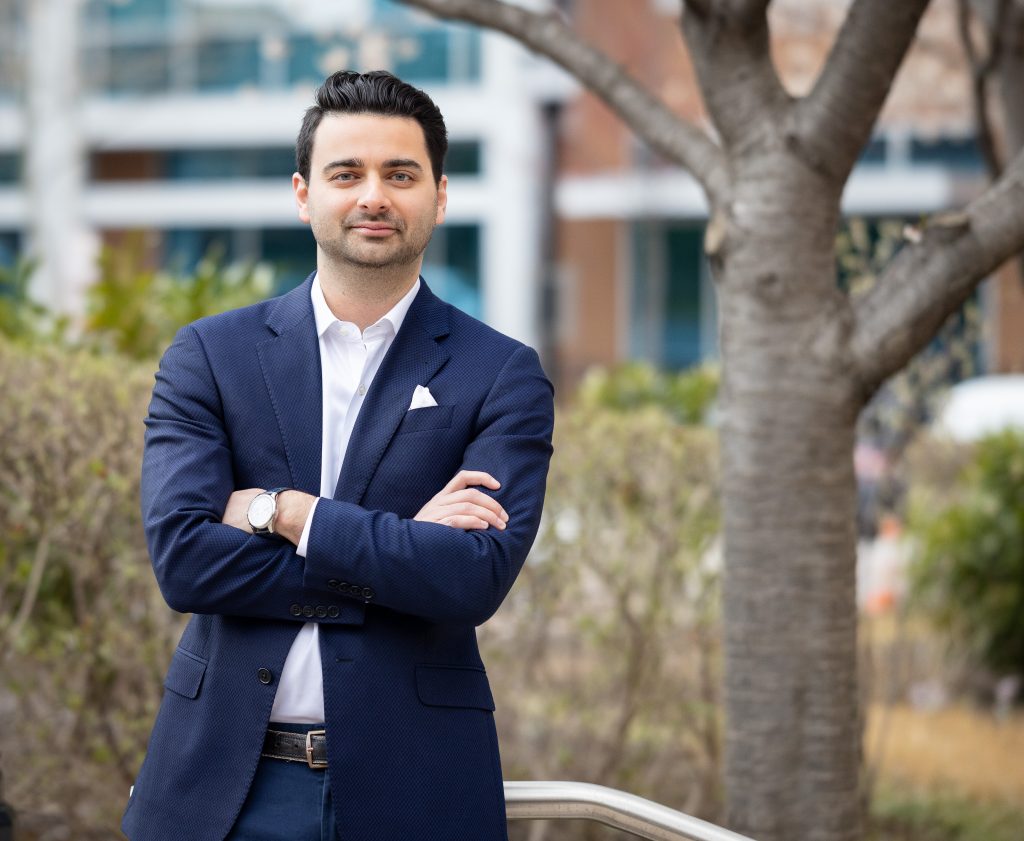
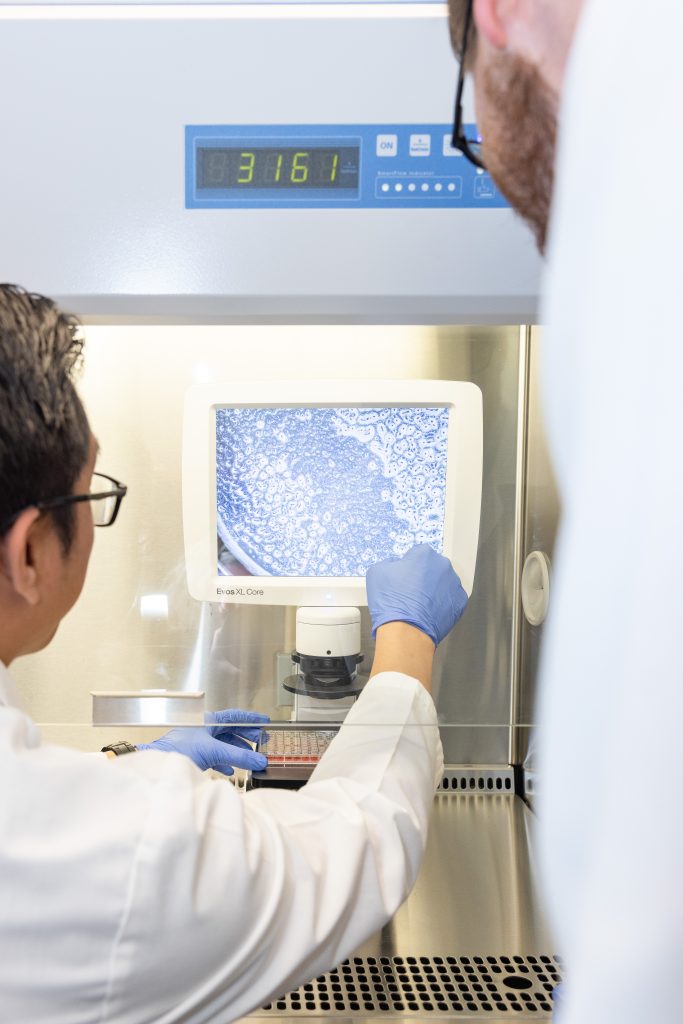
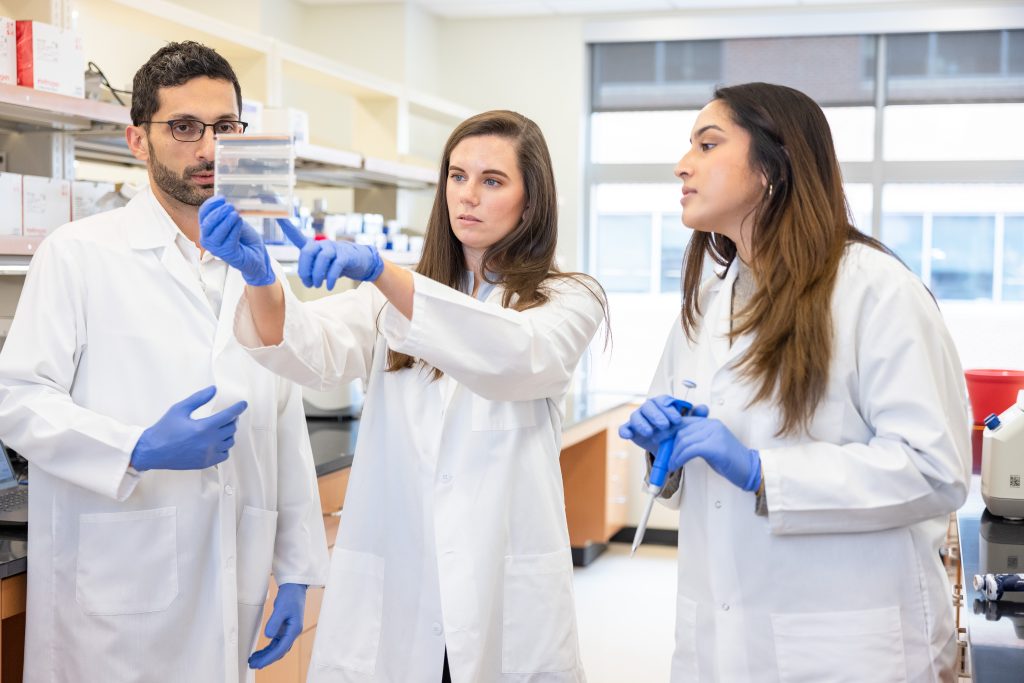
Cellular research and engineering are not new practices to those working within the fields of bioscience. Yet, it’s an area of study that’s witnessed an explosion of sorts over the course of the past 20 years or so as a result of a confluence of scientific evolution and technological advancement. It’s a confluence that continues to intensify, yielding a number of innovations and breakthroughs all over the world as scientists put forward efforts to improve the outcomes of patients living with disease, to alleviate or eradicate altogether the symptoms that they suffer. One such organization is Baltimore, Maryland-based cell engineering company, Vita Therapeutics, which uses induced pluripotent stem cell technology to engineer specific cell types designed to replace those that are defective in patients.
Founded out of the labs of Dr. Gabsang Lee and Dr. Kathryn Wagner at Johns Hopkins University and the Kennedy Krieger Institute in 2019 by Douglas Falk, MS and Peter Andersen, PhD, Vita Therapeutics is comprised of a team of dedicated scientists collectively striving to advance treatments in multiple indications within its cell therapy platform. And, although its work might indicate boundless potential for the application of this type of technology, the company’s initial focus is on developing restorative therapies for a number of localized muscular dystrophies, starting with the treatment of limb-girdle muscular dystrophy.
Innovative technologies
Vita leverages its neuro-muscular platform which is driven by a cutting-edge pluripotent stem cells (iPSCs) technology and combined with CRISPR-based genome editing, essentially allowing scientists to extract a blood cell from a patient and reverse engineer it down to its stem cell state. It then applies its patented protocol, turning the stem cell into a satellite cell. It’s a process and combination of technologies that Vita’s Co-Founder Falk explains is helping the company advance its research and development of therapies that present a great deal of promise for those living with muscular dystrophy.
“Satellite cells are the very foundation of muscle biology,” he says. “Every single day, despite the activity that we’re undergoing, our muscles cells get injured through a natural process called muscle homeostasis. But when our muscles get injured, a signal is sent from the muscle itself to the satellite cell, prompting the development of another satellite cell in addition to the creation of myoblasts which fuse together to either repair or replace the damaged muscle. It’s the way most healthy people are able to continue doing what they do every day because, although our muscles are constantly being damaged, they’re constantly being repaired. Unfortunately, patients who suffer from muscular dystrophy are born with very specific genetic mutations that essentially cause their satellite cells to be defective and unable to repair or replace the injured muscle. What Vita has done is, for the first time, recreated a healthy human satellite cell. And what we’re hoping to do is deliver them to as many muscular dystrophy patients as possible.”
Life-changing approach
Falk goes on to explain that part of the benefit of the work that Vita is currently doing around limb-girdle muscular dystrophy is the fact that it can also be applied moving forward to all other forms of the disease, accelerating the advancement of its research and development further. He describes it as an incredibly exciting time for the company and a significant opportunity to help change the lives of so many people for the better.
“There aren’t any curative treatments for muscular dystrophy patients,” he says. “There are only supportive treatments like anti-inflammatories. So, right now, there’s nothing currently available to help these patients who are suffering from a progressive disease that continues to worsen, degrading their muscles over time. They’re really simply trying to manage the disease which leads to a very debilitating lifestyle. What we’re trying to do is help these patients repair and replace their damaged muscles to a restorative state and help drastically improve various functionalities within their lives.”
Expanding focus
There’s also the benefit of a longer runway, points out Falk, when focusing on improving the lives and conditions of people living with muscular dystrophy in that there are 9 types and somewhere in the region of 30 different sub-types of the disease. It gives the company, he says, ample time to perfect their technology and application of it before broadening and expanding their focus to include other diseases within the scope of their treatment.
“Next steps for us is to continue to focus on treating the different types and sub-types of muscular dystrophy,” he says. “But we believe that there are a number of different degenerative muscle conditions that we can target as well. Focal muscular atrophy is a disease that we talk about quite often. Unfortunately, there are two challenges with this disease, one of them impacts the nerves and another the muscles. We’d only be able to tackle the muscle component, but is still something that would lead to improved lives for those patients. Patients who have suffered traumatic injury are also great candidates for our treatment. We try not to get too excited about the possibilities, as great as they might be. Right now, we’re lazer-focused on treating muscular dystrophy.”
Exciting time for biotech
One can easily see when speaking with Falk how difficult it must be for he and his team to contain their enthusiasm. Vita’s technology is a great example of the developmental advances and scientific breakthroughs that are happening all around us every day, enabling and supporting our growth and evolution as a species, and continuously serving to raise the bar concerning future work and innovation.
“It’s such an interesting and unique time to be involved in the biotech industry,” asserts Falk. “More than 90 per cent of all therapeutics that have been developed to date can only mitigate symptoms. Vita has several different technologies already that can take that one step further and, instead of just mitigating symptoms, actually start to restore functionality that’s been taken by a disease. We’re at a crossroads where more technology is going to be developed and introduced that aims for a much higher bar than most historical therapies. We’re delivering personalized cell therapies to patients, correcting their genetic mutations ex vivo before differentiating it into a healthy human satellite cell. We’re the first to combine all of the technologies that we use into one approach. And I think we’re on the precipice within biotech where the way we think about treating patients is going to drastically change for the better.”
Enabling advancement
Falk raves about the team of scientists and advisors at Vita that contribute so much toward achieving the company’s goals and objectives. He refers to their work as “critically important” with respect to ensuring Vita’s high level of execution, pointing to the layers of experience that they’re afforded, employing professionals with management, scientific, manufacturing and regulatory backgrounds. However, when it comes to enabling something as ambitious as Vita’s cellular therapies vision to move forward, he says that finding the right investors is often the difference between success and failure.
“Without our investment partners, we wouldn’t be here, and wouldn’t be given the opportunity to advance this technology” he states. “Two of our larger partners in Cambrian BioPharma and Solve FSHD have shown a lot of faith and belief in the team and what we’re doing to try and treat the symptoms of muscular dystrophy and other degenerative muscle conditions. And when you can align the vision, a great team and generous partners, it really does help everyone involved move in the same direction and achieve some really great things.”
 BioLab Business Magazine Together, we reach farther into the Canadian Science community
BioLab Business Magazine Together, we reach farther into the Canadian Science community

